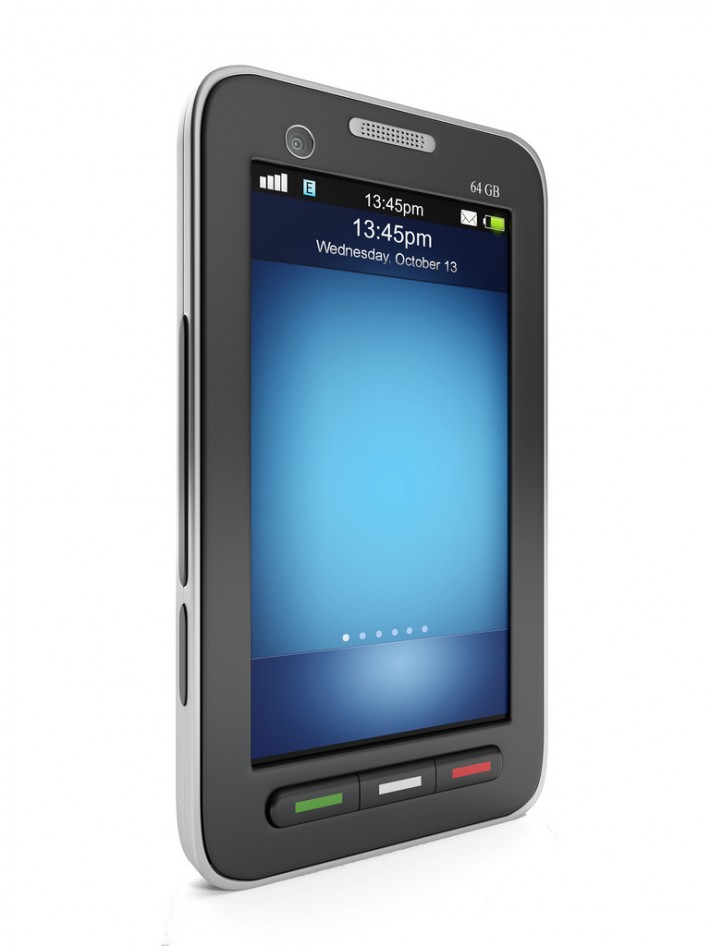Changes and improvements in mobile phone technology are constant these days. Mobile devices will be more personalized in design and application as technologies develop. Individualization and affordability are critical components of future devices.

Wearable Smartphones
Graphene is a layer of carbon atoms arranged to create a flexible, stronger-than-steel material that will change the cell phone from hard plastic and metal to wearable materials. Flexible mobile devices will be foldable and bendable. Developers Geim and Novoselov achieved the Nobel Prize in Physics in 2010 for their work on graphene. Sheets of the material are used for touch screens, and the potential for other applications is great. More than 7,000 patents related to the product have been issued, according to BBC Future. Watch for sneaker phones to be released soon.
Artificial Intelligence
Advances in artificial intelligence for mobile devices will leap ahead of current software that uses voice recognition to find information. Newer devices will keep track of a user’s online information to provide the user with a fully integrated mobile assistant. The software will learn to find and launch appropriate apps as needed by the user throughout the day. An example of a single-use of AI is Swift Key technology in which the software figures out what a user is typing as the user swipes a finger through the keyboard without lifting it to tap each key needed to spell a word or make a sentence.
Near Field Communication (NFC)
NFC is the latest way to use mobile devices as a virtual wallet. The technology allows devices to communicate with each other when touched together. Examples of the current use of this technology can be found in retail transactions. Automatic toll passes are another example of NFC technology currently in use. This technology also allows users to start a game with other players by touching phones together briefly. Studies show that although businesses have been slow to adopt NFC technology, annual trends show an increase in the number of businesses willing to update and expand software to incorporate more machine-to-machine technology. The fields of medicine and infrastructure will rely on NFC communication more heavily in the near future. As with any financial transaction method, security remains a challenge for application developers and a concern for those using their mobile devices for financial activity. In a 2011 research report titled “Analysis of the Latest Trends in Mobile Commerce using the NFC Technology,” the authors discuss a three-tiered plan for security in NFC technology application.
Other Trends
Smartphone cameras are undergoing a revolution in design and pixel quality. Many new cameras have mobile technology and mobile devices have far better cameras than ever before.
Mini-smartphones are emerging and future smartphones may be upgradable. Costs for cheaper smartphones are expected to be around $200 by the end of the year.
Applications will continue to lead the smartphone market and artificial intelligence software will be integrated with specific applications for individual users.
Smartphones will soon be made in America. Customers concerned about technology outsourcing are beginning to shop American at competitive prices.
Sound technology continues to improve, and stereo is already available in some mobile devices.
Larger memory capabilities and longer battery life are features constantly undergoing improvement.
Alternate operating systems are under development that offer greater variety for consumers who prefer operating systems other than the two currently on the market.
Byline
Miles Anderson focuses on all things related to mobile phones, including mobile phone accessories and mobile phone insurance; for further info on the latter check out the Samsung S4 insurance brand Protect Your Bubble.











Leave a Reply